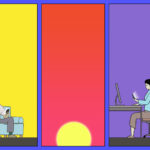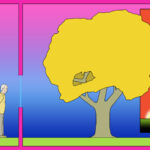People can be burdened with two fundamental, often unconscious, beliefs: “I am a bad person” and “I am an incapable person.” As global statements, they are untrue. Only a very few of us can be perceived as evil, lacking such empathy that we take action without thought of human consequence. The rest of us, as humans, have brains that have evolved for us to be primarily good to each other, if only for survival reasons. Even if we make mistakes often – which, again, most of us don’t or we wouldn’t survive – we don’t make them all of the time.
The troubling nature of these beliefs is multiplied when they are paired with the just-world belief.
“The just-world belief holds that good things happen to good people, that bad things happen to bad people, and that the world should be a fair and just place. This belief emanates from the desire to find an orderly, cause-effect association between an individual’s behavior and the consequences of that behavior…this is a hard-wired, evolutionary need of humans to predict and control events in order to survive.” (65)
– Resick, et al., Cognitive Processing Therapy for PTSD: A Comprehensive Manual, 2017.
 Look at the permutations of thoughts that can arise from the “I am bad”/”I do badly”/just-world belief scenario:
Look at the permutations of thoughts that can arise from the “I am bad”/”I do badly”/just-world belief scenario:
- Something good happened. I must have done something right and deserve credit.
- Something bad happened. I must have done something wrong, I am to blame, and I deserve punishment.
- If I had just done something different, this bad thing wouldn’t have happened.
- If ________ had only done something else, this wouldn’t have happened. (“hindsight bias”)
- If I just could figure out what would have made a difference, I would feel more certain about why it happened and I would feel better.
- If I do this and say this, and don’t do that and don’t say that, I can keep bad things from happening.
- Why me?
- Why not me? (“survivor guilt”)
A few weeks ago, one or more people came into my home, ascended the stairs to my bedroom, opened my jewelry box, and took a selection of rings, primarily the most valuable and beautiful. I experienced very human shock, fear, and grief. But part of the human condition is having things we love taken from us. Adaptively, we usually grieve, practice self-care, seek out and receive support, accept sad, unfortunate facts, and move ahead.
Instead, I descended into a hell of suffering. I had the experience of watching myself slip and tumble, being baffled by how this was happening, but being unable to do anything about it. Finding life enriched by giving and receiving counseling, I sought care from my in-person counselor and from online counseling via Talkspace. I worked and worked to become aware of my primary and secondary feelings, to sort through my thoughts as facts vs. beliefs, and to access my inner wisdom for guidance. (That’s the essence of the counseling protocols CBT, DBT, and CPT rolled into one.)
I think realizations usually dawn on people, but I actually had a eureka moment. On Thanksgiving, I worked out at my gym, then spent the rest of the day alone. In a moment of deep reflection, I realized I was thinking, “If I were a better, more capable person, this wouldn’t have happened. I should be better and I should have done better. Shame on me.”
Good grief! Who wouldn’t suffer from being told these things?! And in my own head! I had no idea how mean I was being to myself! No wonder I was suffering!
It is the human condition to think thoughts like these. But it is within our human capability to transform them.
I was asked by my Talkspace therapist, “What feelings are you trying not to feel?”
Repeating those beliefs to myself helped me avoid the fact I reject most often – “I am helpless to change what happened” – and the feeling I reject most often: sorrow.
For helpless sorrow, there is only one human, humane response: self-soothing statements of kindness.
- Some things happen for no discernible reason.
- Some things happen to me – both good and bad – that have nothing to do with me, who I am, or what I’ve done.
- Some things happen to other people – both good and bad – that have nothing to do with them, who they are, or what they’ve done.
- Some things happen that cannot have been predicted, prevented, or controlled.
- For some things that happen, an alternative action may have had an equally negative or worse outcome.
- I know this is a difficult time for me.
- I am so sorry I’m going through this.
- This is hard.
- I’ve been through hard things before and I made it. I can make it this time, too.
- I am here for me.
- I am not going to leave me.
- I have the skills I need to take care of myself. I can ask for help from others when I need it.
- I can comfort myself.
- I can help myself through this.
- I can help myself do what I need to do.
- I can care for myself.
- I have hope for myself and wish the very best for myself.
- Above all, I am kind to myself.
Image is an enlargement of a photo taken in 2007 of one of my missing rings: 14 karat gold, heavy band; oval pink tourmaline, estimated 9 x 6 mm; small diamond on either side of stone; scrollwork wire around setting of stone; custom designed by Virginia artist Kirk ______ (unknown last name).
The views expressed are mine alone and do not necessarily reflect the positions of my colleagues, clients, family members, or friends. This content is for informational purposes only and is not a substitute for medical or professional advice. Consult a qualified health care professional for personalized medical and professional advice.
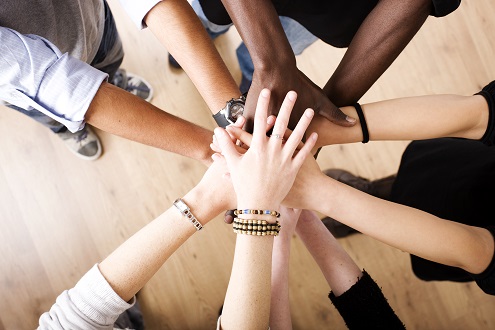
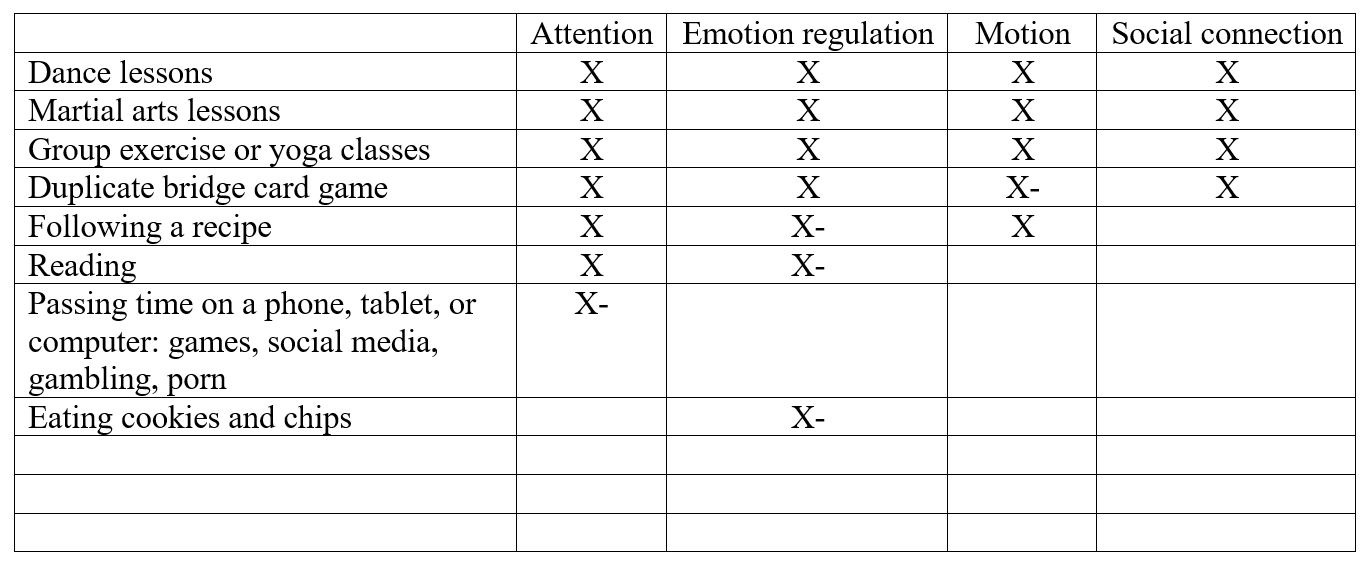
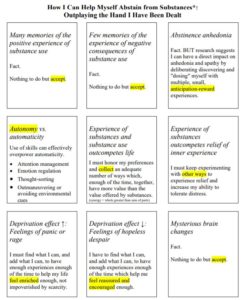 Using the proverbial metaphor of life as a card game, wishing to return to use is a card I’ve been dealt. It’s a fact. What other cards are on the table?
Using the proverbial metaphor of life as a card game, wishing to return to use is a card I’ve been dealt. It’s a fact. What other cards are on the table?  Although I learned in 2016 that
Although I learned in 2016 that 